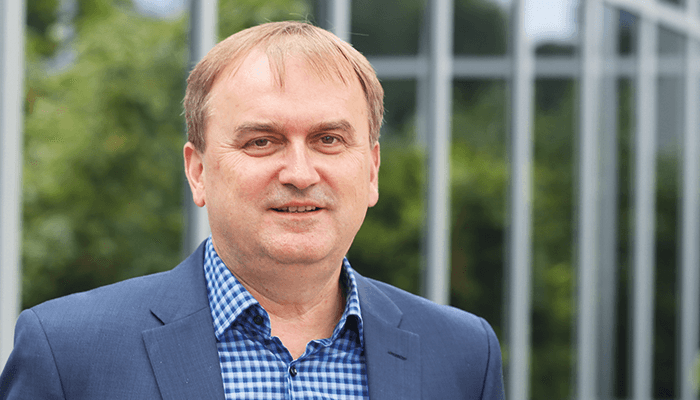
Putting Theory Into Practice
Sitting Down With… Attila Felinger, Professor of Analytical Chemistry, University of Pécs, Hungary.

False
Sitting Down With… Attila Felinger, Professor of Analytical Chemistry, University of Pécs, Hungary.

Receive the latest analytical science news, personalities, education, and career development – weekly to your inbox.

Attila Felinger is Professor at the University of Pécs, Pécs, Hungary.
False
False

December 4, 2024
1 min read
Saliva-based PA-MS test detects paracetamol overdose in just 10 minutes

December 11, 2024
10 min read
Meet the products – and the experts – defining analytical innovation in 2024

December 10, 2024
2 min read
Analyses of fossilized feces, intestinal contents, and vomit reveal how dinosaurs adapted to climate shifts

December 17, 2024
5 min read
Torsten C. Schmidt casts his eye on the contaminants of concern for the future and considers how much of the full picture current technology allows us to see – in the first of our two-part interview
False